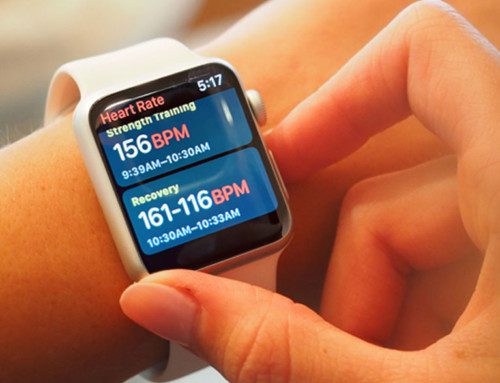Urinary incontinence (UI) is commonly described as pelvic floor dysfunction or voiding dysfunction such as involuntary loss of urine. The condition can be very stressful and affect many aspects of someone’s life. Senior citizens often come to mind when discussing incontinence, but the problem affects people of all ages.
Urinary incontinence occurs in a variety of different forms and situations:
- Stress UI (physical exertion or effort)
- Postural UI (sit to stand)
- Urge UI (constant desire to go)
- Coital UI (during sex)
Understanding good urinary health and what constitutes regular urinary habits is an essential part of addressing incontinence issues.
How Often is it Normal to Pee?
In a 24-hour period, the average person will urinate between five to eight times a day. The emptying of one’s bladder typically takes place in intervals that range between 2-4 hours. After bedtime, you should only urinate between 0-1 times a night.
How Much Does it Take to Fill My Bladder?
The bladder can hold about 14-20 oz (400-600 ml) of fluid, which is the equivalent to two or three cans of soda or one Venti coffee. When one voids their bladder, an average of between 200-250 ml of fluid leaves the body, with a post-void residual fluid of about 50 ml. You may start experiencing the urge to urinate after your bladder has filled up with 6-10 ounces of fluid.
I Rush to Go to the Bathroom. Is That Normal?
If ‘rushing’ means that you need to put in extra effort to urinate, the answer is no. You should never have to push or strain to empty your bladder. This type of exertion is unnecessary and can create more problems. It should take a count of six to eight Mississippi’s to void your bladder.
Is There Anything I Should Avoid Doing?
You’ll want to avoid ‘just in case’ urinations, meaning that you pee just in case you will be out and about and not near a bathroom. Prematurely voiding your bladder can affect the pelvic floor muscles and ligaments.
Another thing to consider is the urination position. Semi-squatting or squatting is common in some cultures, but if you have not grown up taking this action, squatting over a toilet can affect the flow of your urine. This position doesn’t allow the pelvic floor to relax, and therefore the bladder cannot empty. So, the next time you fear a toilet seat, applying toilet tissue on the seat may be an easy fix to not over-activate the pelvic floor.
How Much Should I Be Drinking?
Drinking enough fluids has a direct correlation with urinary health. Dark urine is an indicator that you may be dehydrated and can relate to UI. Studies suggest that we consume half our body weight in ounces of fluid per day.
Treating Urinary Incontinence
Physical therapy is a critical component in addressing issues with urinary incontinence. A physical therapist can assess areas of muscles weaknesses or overactivity of the pelvic floor, behavioral issues, neurological issues, as well as poor habits that may be contributing to your bladder problems.
Urinary incontinence is not a disease, but a symptom of another issue. If you think that you may have problems with urinary incontinence, consulting a physical therapist is a great first line of defense. Schedule an appointment with SetPT today to get your bladder function back to normal.





